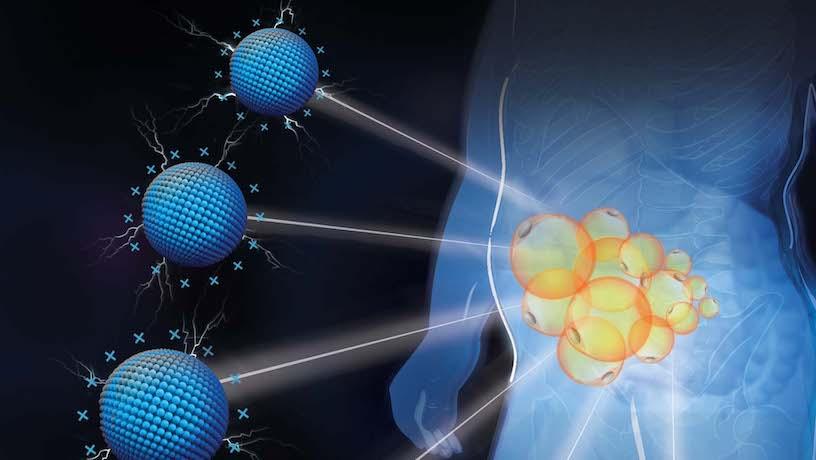In a big breakthrough, researchers at MIT have developed an innovative device that could ensure long-term medical device implants work without being rejected by the body.
For treating diabetes, an artificial pancreas is implanted. The pancreas periodically releases insulin and is an alternative way to treat diabetes without insulin injections or cannula insertions. However, they were not used so far because the body’s immune system attacks them after implantation. It forms a thick layer of scar tissue around the device, and as a result, restricts the doses of insulin.
Now, MIT researchers have developed a soft, robotically powered device that inflates and deflates for five minutes every 12 hours. As a result, the implant can shake off the build-up of immune cells by quickly expanding and contracting.
While experimenting on mice, researchers found the device remained functional for much longer than a typical drug-delivery device.
“We’re using this type of motion to extend the lifetime and the efficacy of these implanted reservoirs that can deliver drugs like insulin, and we think this platform can be extended beyond this application,” says Ellen Roche, the Latham Family Career Development Associate Professor of Mechanical Engineering and a member of MIT’s Institute for Medical Engineering and Science.








